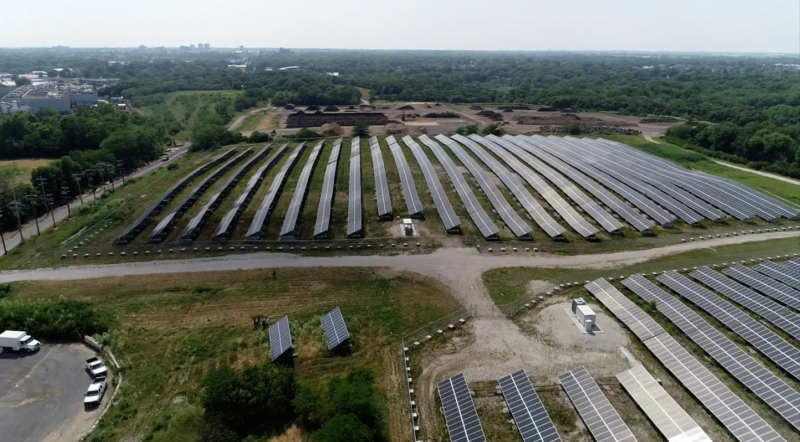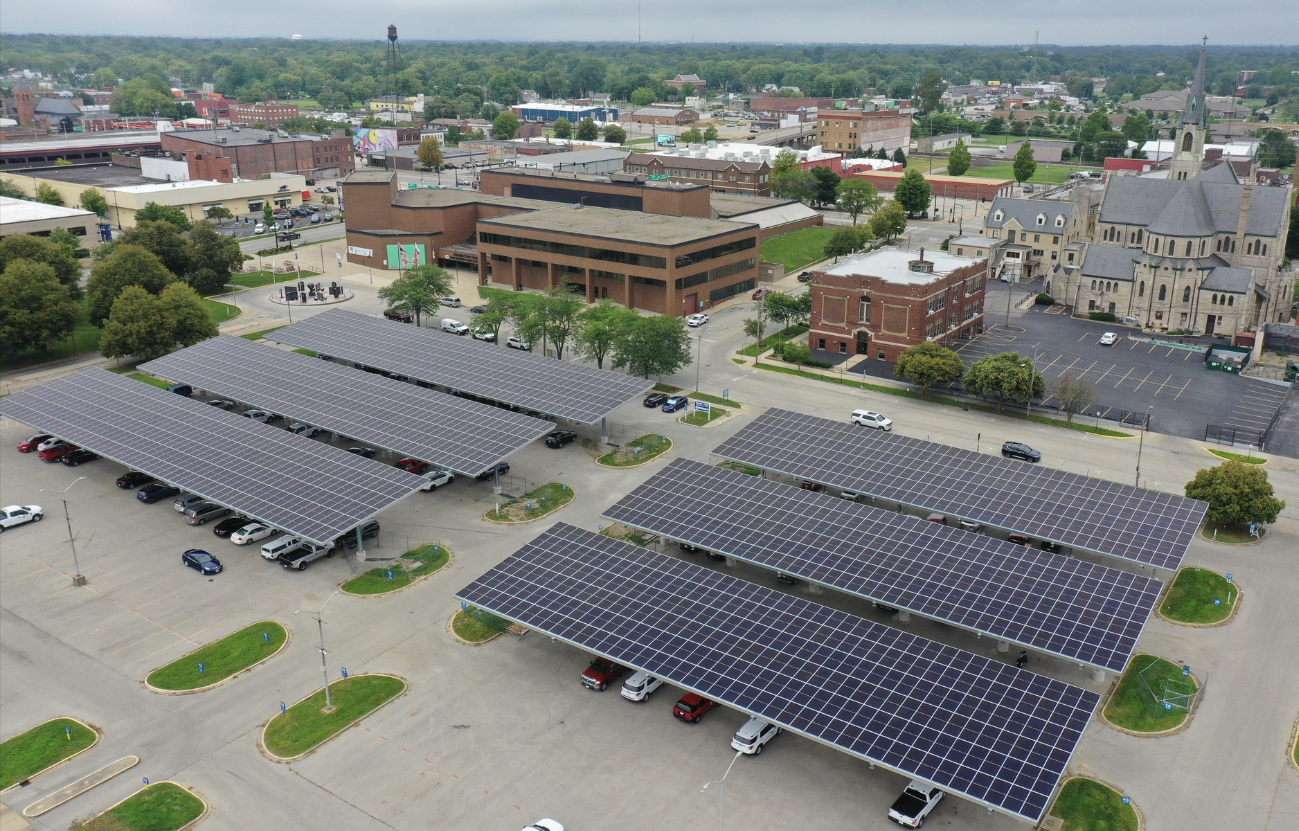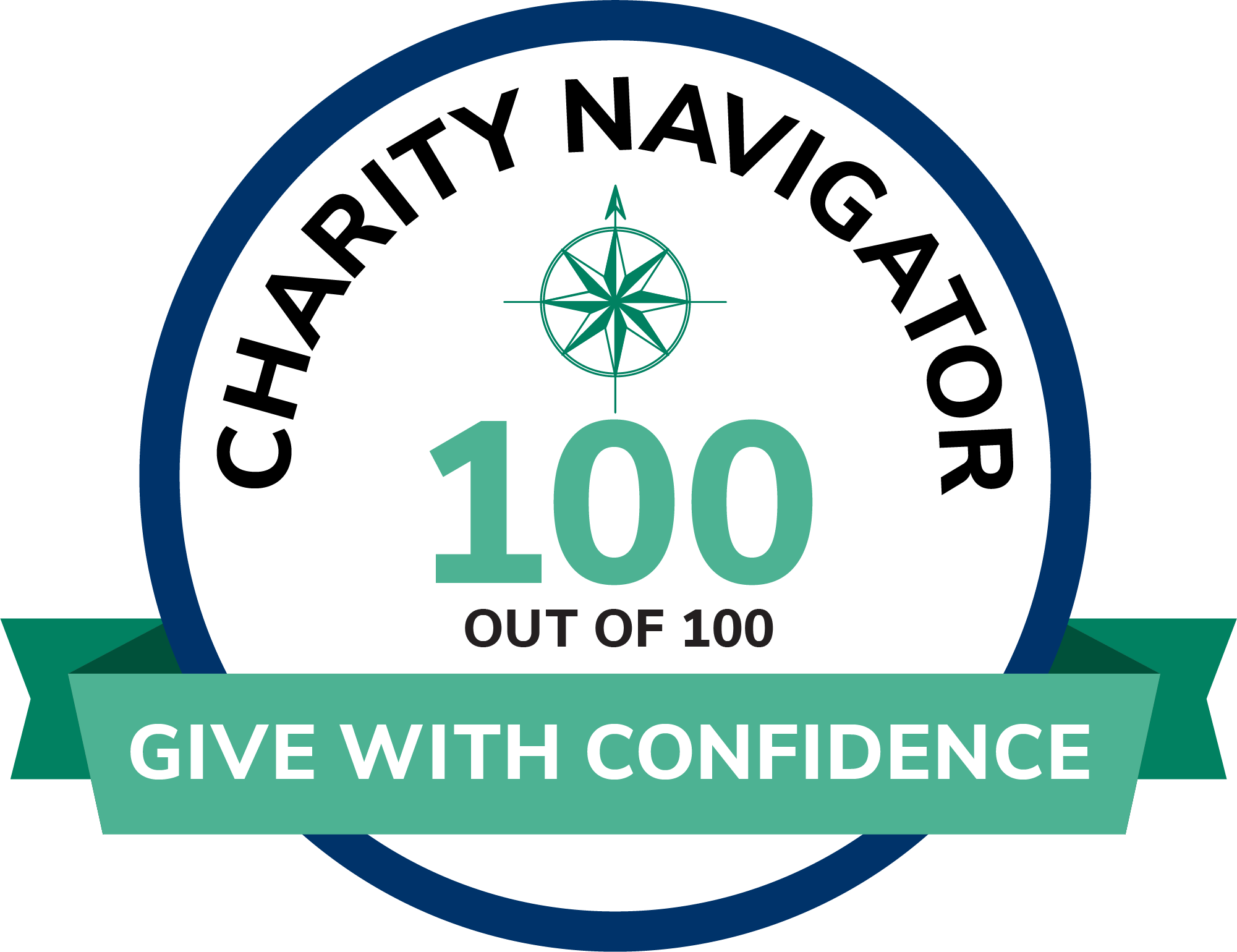As solar energy becomes increasingly common, innovation is thriving, and communities are finding creative ways to integrate solar power into diverse projects and locations. This blog summarizes highlights from a recent webinar entitled “From Parking Lots to Landfills: Funding Solar Projects That Empower Your Community.” Below, we highlight how communities are using innovative ideas and diverse financing options to bring their solar projects to life, followed by an overview of key state and federal solar incentives and programs. We also highlight available technical assistance resources.
Solar Project Highlights
From solar on community-owned buildings to repurposing landfills to installing parking lot canopies, communities are thinking outside the box to make solar energy work for them. The projects highlighted below are not only diverse in their design, but also in how they were financed. Be sure to watch the webinar recording to hear directly from the community leaders that developed these projects.
Urbana Landfill Project: The City of Urbana transformed its 1920’s closed landfill into a 5.2 MW solar field through a land lease agreement. The solar project is owned and managed by Nexamp as a Solar for All Community Solar Project. This means low-income households can purchase a subscription to the solar farm and receive significant cost savings on their Ameren electricity bill. Below are some highlights of the project. Urbana’s City Hall is also a subscriber to the project.
- Financing mechanism: This project was developed with a land lease agreement where a solar company leased the landfill property from the city to develop and operate the solar project. This involves no cost to the City.
- Community Benefits: The city received a land lease payment for the project and now collects property tax on land that was formerly not taxed. The project also relieves the city of maintenance costs associated with the landfill. City Hall and low-income resident subscribers to the project save money on electricity.

City of Decatur Parking Lot Canopy Solar Project: The City of Decatur installed six solar canopies in their Civic Center parking lot in 2022. The six solar canopies are owned and maintained by a solar company and provide 95% of the Civic Center’s power needs through a power purchase agreement.
- Financing mechanism: This project was developed through a Power Purchase Agreement (PPA) between the City of Decatur and a contractor, where the contractor installs and maintains solar energy systems, and the city agrees to purchase the generated electricity at a predetermined rate over 15 years, with no cost to the city.
- Community Benefits: The benefits include $120,000 annual saving on the Civic Center’s electricity bill, covered parking, and lowering the City’s carbon footprint.

Village of Steeleville Community-Wide Solar Projects: The Village of Steeleville developed community-owned solar projects on eight Village buildings (75% of the Village’s energy use), utilizing state incentives, the Energy Transition Community Grant, and federal elective pay tax credits.
- Financing mechanism: The Village of Steelville utilized state incentives and grants, and the new federal “Elective Pay” tax credit that allows tax-exempt entities to receive federal solar tax credits. The Village worked with a local bank and the IL Climate Bank to finance the remainder of the project. Unlike the projects mentioned above, the Village owns their solar projects, increasing the cost savings
- Community Benefits: The community benefits include $60,000 annual savings for 25 years, equivalent to $1.5 M, which can now be reallocated to other initiatives on the Village budget. The project has inspired other communities to go solar.
Solar Incentives
The projects showcased above utilized different financing mechanisms, but each harnessed critical state and federal incentives to increase the electricity cost savings of the communities. Illinois incentives solar energy through the use of Renewable Energy Credits (REC), which represent the environmental value of the energy produced by a project. Illinois Shines is the program that sets the value of RECs, and it is administered by the Illinois Power Agency. Illinois RECs usually cover about 25-35% of a solar project’s cost. Projects in low-income and environmental justice communities can access more cost savings through the Illinois Solar for All program.
In addition to state incentives, the federal government offers 30% tax credits to make solar more affordable. The value of the tax credit can increase if projects are built in energy communities where fossil fuel facilities have been closed or related jobs have been lost. Recent federal legislation also created a new provision called elective pay or direct pay. This option gives tax-exempt entities the ability to receive direct payments from the IRS for clean energy tax credits.
There is often a delay in receiving the state and federal solar incentives. To address this short term financing need, the IL Finance Authority and IL Climate Bank have established a new Energy Efficiency Revolving Loan Fund. The fund offers low-interest loans for climate and energy projects statewide for non-profits and public entities. The pre-application for the program is currently open.
The Department of Commerce and Economic Opportunity and the Illinois Environmental Protection Agency also have energy grants and programs for communities.
IMPORTANT NOTE: The Trump administration is encouraging rollbacks to the Inflation Reduction Act, and federal legislation may impact federal tax credits in the future. Legal experts “anticipate that projects placed in service prior to the end of 2025 will likely also remain eligible for these credits even if legislation is passed to repeal the credits.” (source: Lawyers for Good Government Guidance Brief).
Technical Assistance Opportunities:
Getting your community’s solar project off the ground can take a lot of effort and there are several technical assistance opportunities available to help you navigate the process.
- Prairie Rivers Network is willing to meet with you over phone or Zoom to discuss solar incentives and programs and help determine which may be right for your community. Contact apankau@prairierivers.org.
- The new Energy Navigators Program, administered by the Great Plains Institute in cooperation with the National Renewable Energy Laboratory, offers 10 to 40 hours of no-cost support for local units of government, schools, electric cooperatives, small businesses, non-profits, and others seeking to pursue energy-related goals. For more information, you can contact Sydne at the Great Plains Institute via email at stursky@gpisd.net.
- The Smart Energy Design Assistance Center’s Public Water Infrastructure Energy Assessment program offers no-cost energy assessments to publicly-owned water and wastewater treatment systems in Illinois.
- The Clean Energy Tax Navigator program with Lawyers for Good Government (L4GG) helps determine eligibility for Direct Pay, offers technical assistance, and, in certain cases, provides direct pro bono services. L4GG also has this great tax incentive resources page.
- The IRS Office Hours for Elective/Direct Pay have resumed for 2025, with virtual sessions available every Wednesday from 12-1:30 pm CT. You can register for these sessions online.
NOTE: This blog is intended to provide an informational overview and is NOT intended to serve as official financial guidance or tax advice.







